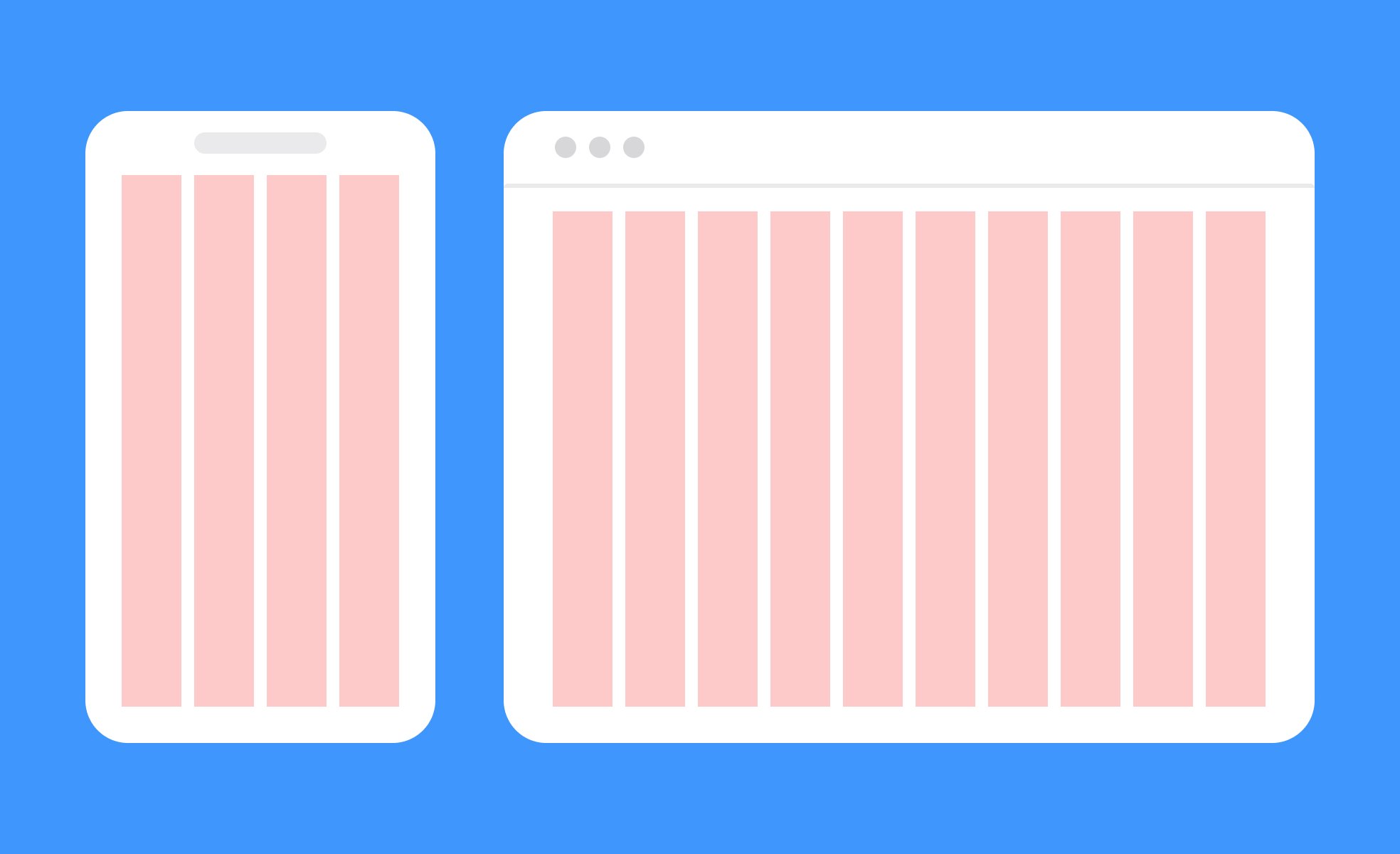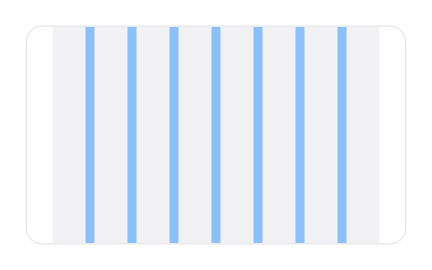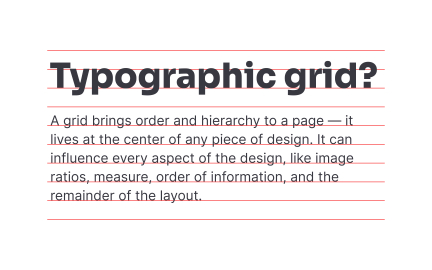Grid System
A grid system is a layout framework that uses columns and rows to structure content consistently and maintain visual alignment across a user interface.

A grid system is a visual structure that divides a page or screen into rows, columns, and margins, providing a framework for organizing content. It serves as an underlying guide that helps designers align elements, maintain visual consistency, and create balanced layouts. Grids are foundational to both print and digital design, ensuring that interfaces feel structured and readable while supporting scalability across platforms.
For UX designers, grids are tools for clarity and usability. By aligning text, images, and interactive components within a consistent framework, they reduce visual clutter and create predictable structures that users can easily scan. A well-applied grid makes navigation more intuitive, as users learn to anticipate where key information or actions will appear. Without grids, layouts can feel chaotic, overwhelming users and reducing comprehension.
Real-world examples demonstrate how grids underpin modern design systems. Bootstrap, one of the most popular front-end frameworks, is built on a 12-column grid that enables flexible, responsive layouts. Google’s Material Design system similarly defines grids as a foundation for spacing and alignment, ensuring uniformity across Android, web, and cross-platform apps. These frameworks show how grids translate theory into scalable practice.
Historically, grids have roots in print design. Newspapers and magazines relied on grids to organize dense text, images, and advertisements. The same principles now apply to digital products, where the abundance of content demands structure. The shift from fixed layouts to responsive design expanded the role of grids, requiring them to adapt dynamically while maintaining coherence.
Grid systems are not rigid rules but flexible guides. Skilled designers know when to follow the grid and when to break it to create emphasis or surprise. This balance between order and creativity keeps designs both functional and engaging. A strong grid provides the baseline, while thoughtful variation ensures that interfaces remain distinctive and memorable.
Learn more about this in our Intro to Design Grids Lesson, a part of the UX Design Foundations Course.
Key Takeaways
- Defines layout structure using columns and rows
- Enables consistent alignment and spacing across screens
- Supports visual hierarchy and content clarity
- Essential for responsive design and breakpoint control
- Includes variants like column, modular, and hierarchical grids
- Improves collaboration through shared structure
- Enhances usability and interface readability
Grid systems ensure consistency and predictability, which are essential for usability. Users learn to expect where elements will appear, making navigation faster and more intuitive. Without grids, layouts can feel disorganized, increasing cognitive load and reducing comprehension.
By anchoring visual decisions to a shared framework, grids also improve collaboration between designers and developers. They provide a common language that translates visual intent into technical implementation.
Responsive design depends on grids to adapt layouts across screen sizes. By dividing interfaces into columns, designers can define how elements shrink, expand, or stack on smaller devices. For example, a 12-column grid might show four equal columns on desktop, two on tablet, and one on mobile.
This adaptability ensures consistency without requiring separate designs for every device. It also reduces development complexity by creating predictable breakpoints.
While grids impose structure, they do not eliminate creativity. Designers often use grids as a foundation and then break them strategically to create emphasis or contrast. For example, an image that spans multiple columns can stand out while still maintaining overall balance.
This tension between order and variation produces designs that are both functional and engaging. A strong grid gives designers confidence to experiment without losing coherence.
Recommended resources
Courses

UX Design Foundations

Design Terminology

UI Components I
Lessons

Intro to Design Layouts

Intro to Design Grids

Best Practices for Designing Grids
Projects

404 Error Page for Fintech Platform Bankr💸

Software House - Responsive Website













